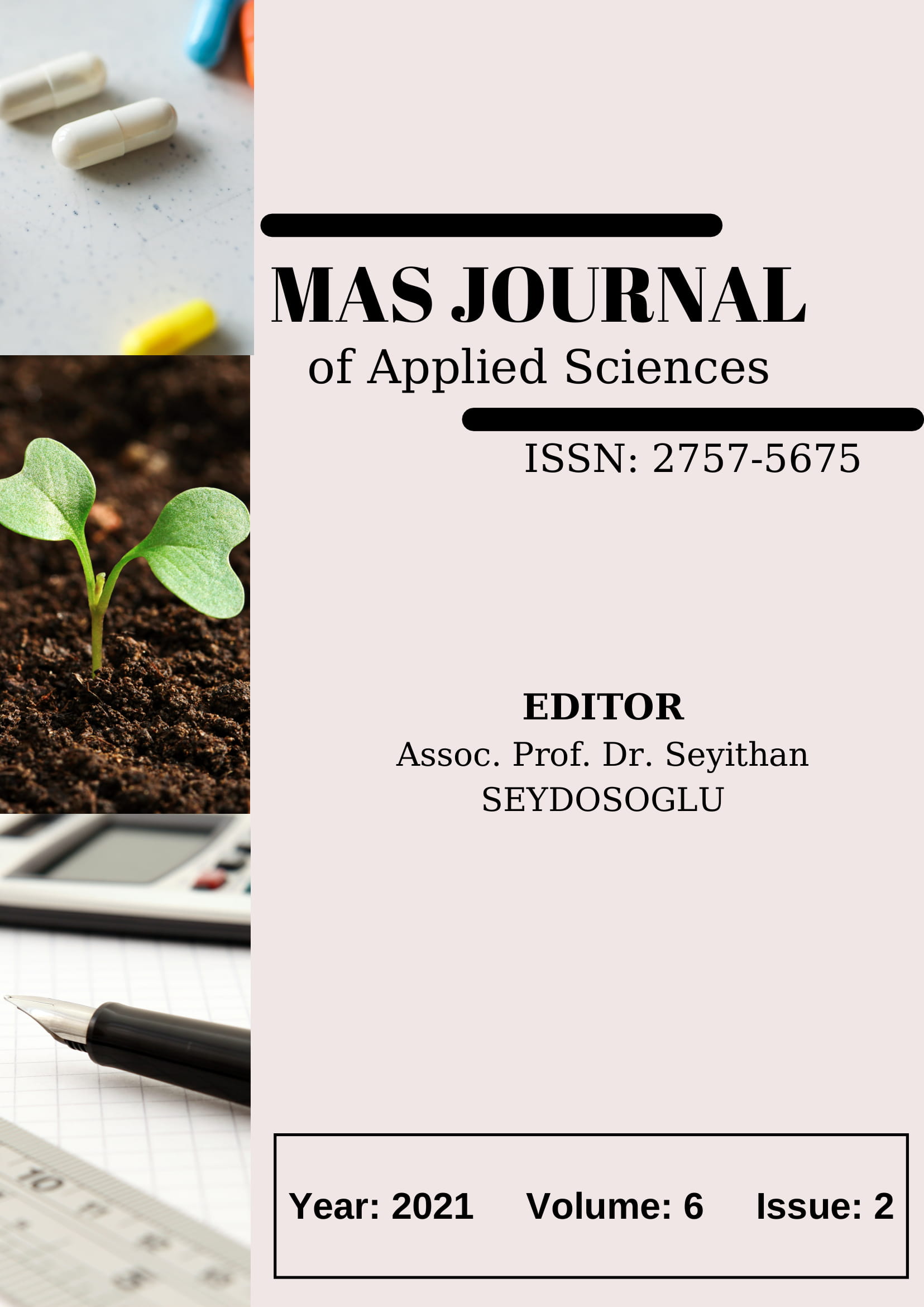Determination Of Some Physical Characteristics Of Pellets Obtained From Sweet Sorghum Bagasse Growed Cukurova Condition
DOI:
https://doi.org/10.52520/masjaps.71Keywords:
Sweet sorghum, bagasse, pellet, physical propertiesAbstract
Sweet sorghum stems, which are extracted for ethanol purposes in the industry, are also used as heat and fuel by making raw material or pellets in the cellulose industry. The objective of this research was to determine some physical properties of pellets made from sorghum bagasse. 21 different sweet sorghum (Sorghum bicolor var. saccharatum (L.) Mohlenbr.) genotypes were used as material in the study. Field experiment was conducted under second crop conditions in the Çukurova region in 2016 and 2017 years. The experiments were set up in four replications according to the randomized blocks design (RBD) with 4 replications. Harvest was performed between milk and soft dough stages.After the leaves and panicle of the plant were stripped, sap-extracted plants (bagasse) were made pellets and some physical attributes were also determined. The extracted sweet sorghum stalks were dried to 10-15% moisture content and then milled and passed through a pellet (Zibro PM 3.0 E) machine and turned into pellets. Some physical properties of pellets such as moisture content (%), durability (%), bulk density (kg/m3), particle density (kg/m3), hardness (Newton / m2) and moisture sorption rate (%) were determined in the pellets obtained. According to average of two years, moisture content (%), durability (%), bulk density (kg/m3), particle density (kg/m3), hardness (Newton) and moisture sorption rate (%) were ranged from 3.50 to 8.01%, 88.6 to 99.1, 527 to 690 kg/m3, 1070 to 1291 kg/m3, 1396 to 3221 N and 9.81 to 13.86, respectively. As a result, it is seen that the pellets obtained in the study are in the good quality pellets class in terms of the physical properties examined. In addition, by pelletizing the biomass-dense raw material, it will improve handling efficiency and reduce transportation and storage costs.
Downloads
Published
How to Cite
Issue
Section
License
Copyright (c) 2021 The copyright of the published article belongs to its author.

This work is licensed under a Creative Commons Attribution-NonCommercial 4.0 International License.


